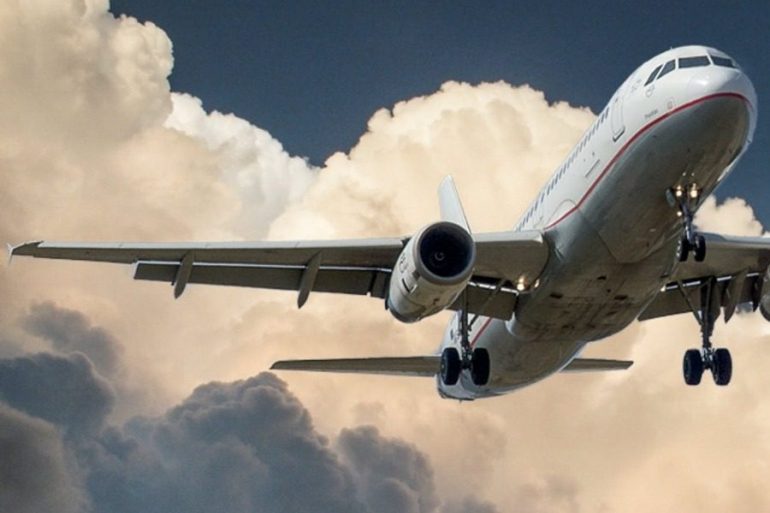A new reality in flights and safety measures to be taken before, during and after the completion of an air trip is described in a report published by the International Air Transport Association (IATA).
The text entitled "Biosafety for Aviation: A Roadmap for Restarting Flights" calls for:
- governments to assume their responsibilities for the recognition of health risks,
- airlines to adopt procedures that will minimize the risk of transmission at the airport and on aircraft
- passengers to assume their personal responsibility in order to assess their state of health before each journey.
In particular, IATA proposes:
Before the flight
- The most detailed communication information with passengers for the needs of tracking should be collected as much as possible
- Where possible, information should be collected electronically before the passenger arrives at the airport through platforms such as eVisa
- Governments should create special websites in order to collect data
At the airport
- Access to terminals should be limited only to employees, travelers and their attendants e.g. for people with disabilities
- There should be thermometry at the entrances of buildings. The thermometer will be carried out by specially trained personnel who will decide who can and who can not travel.
- The measure of distances should be applied based on what is valid in each state and for this reason there should be adjustments in all areas for the smooth flow of passengers
- As far as masks are concerned, the instructions of the local authorities should be followed, although IATA recommends that passenger masks and PPE masks for employees at airlines and airports should be used.
- Facilities and equipment should be disinfected and antiseptics should be available. According to IATA, trailers, strollers, self service areas, fingerprint scanners, wheelchairs, discs, etc. should be disinfected.
- The Union is in favor of coronavirus tests on passengers with the footnote that this should be applied when there is an effective and safe test
- In the same context, IATA describes the role of "immunity passports" as important, explaining that a passenger holding such a document should not take protection measures.
At check-in
To minimize the length of stay at the airport, passengers must complete a significant amount of check-in electronically before arriving at the airport. In this context, IATA calls on governments to remove any possible obstacles to the completion of the process remotely.
For all those who, however, arrive at the airport to check in, the IATA guide recommends the application of the distance measure while at the same time inviting the airport organizations to proceed to technologies that will require the least possible contact.
At the same time, the airlines should direct the passengers to the individual storage of luggage in order to minimize the contact with the employees.
On boarding
- Boarding should be done in order to ensure distances
Airports will have to redesign their gates
- In the first phase of resumption of flights, the possibility of carrying luggage on board aircraft should be limited
In the flight
IATA claims in its guide that "given the information we have analyzed the risk of transmitting the disease Covid-19 from one passenger to another is low. This is probably due to the fact that customers sit one behind the other and not facing each other, the presence of handles between the seats, the presence of IERA filters, the direction of air from the ceiling to the floor and the restriction of movements of passengers as soon as they sit in their seats ".
At the same time, IATA recommends the use of a mask where there can be no distances. In fact, in this context, the Union clarifies that the use of closed seats is not necessary.
Prepared meals and simplified cabin services are also recommended
but also the disinfectant wipes and the imposition of restrictions on the movements inside the airplane.
On arrival
- To have thermometers by trained staff (when required by local authorities)
- Where the visa process is needed, governments should consider providing electronic alternatives to mobile applications and QR codes to limit contacts
- There should be an acceleration of the baggage handling process in order to reduce the waiting time but also to ensure the distances
